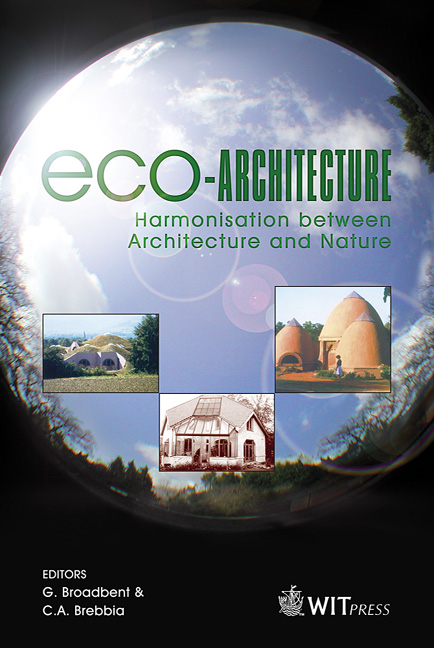Urban Planning And The Quality Of Life In Putrajaya, Malaysia
Price
Free (open access)
Transaction
Volume
86
Pages
8
Published
2006
Size
274 kb
Paper DOI
10.2495/ARC060091
Copyright
WIT Press
Author(s)
D. Bt Omar
Abstract
The overriding principle of urban planning is to provide the best quality of life for every one to live, work and play. The quality of life process offers an opportunity to have more input in the urban planning process. The underlying aim of the Total Planning Doctrine is to develop a community that should be able to meet changes in values within society and be able to contribute to improving the quality of life, especially in a new town development including Putrajaya. This paper is based on research that has explored the social and physical characteristics of Putrajaya in order to measure their relative impacts. A perception survey was carried out to evaluate the level of quality of life experienced by the residents. The analysis sought to uncover information relating to community life in Putrajaya which was specifically planned to provide a good quality of life for its inhabitants continuously until the completion of the development. The findings of this research could be used to address the future development of Putrajaya and also other towns. The findings will be useful in determining the physical planning and quality of life indicators for sustainable development. There is a need especially in Malaysia to have new clearer policies to guide and build sustainable environments. Keywords: urban planning, quality of life, The Total Planning Doctrine, community life, sustainable environments. 1 Introduction The Total Planning Doctrine is a new approach to the planning and design which is expected to guide the physical planning system focusing on the concept of sustainable development. This is a paradigm shift that should enable physical
Keywords
urban planning, quality of life, The Total Planning Doctrine, community life, sustainable environments.





